I was there when Subaru gave the Levorg a phenomenal debut in the Philippines in 2015. It was a rainy evening, with the weather being a bit muggy, but nothing could steal the Levorg’s thunder that night as it shone under bright lights. Wagons may be a dying breed but Subaru made the right call by keeping this one in its stable. Better yet, it’s a wagon with the face of a rally car.
Now, the 2020 Levorg has been given a new heart – the turbocharged 2.0L boxer engine that it shares with the WRX. Does this new power plant unlock the potential of the supposed family car? Here’s a full review.
Exterior
Long roof, snazzy face, and sleek profile – Subaru’s wagon is a bit confusing to look at initially. The overall package is both sporty and practical; it has the WRX’s face but the rear end’s a grocery-getter. And that I think is part of its appeal. At least in my book, the Levorg is a non-offensive head-turner.
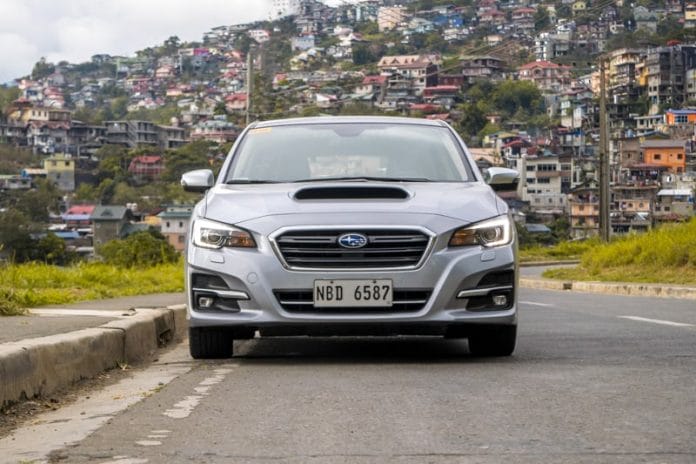
Another thing to love about it is the array of LEDs it uses, at least at the front. The multi-spoke wheels blend well with the whole styling. The rear may lack LEDs but it’s nothing short of functional. I also adore how the roof slopes down at the rear towards the spoiler.
Interior
Subaru generously wrapped the Levorg’s interior with soft leather. There are some plastic parts but they’re effectively hidden in plain sight, What might spark some debate, though, is the use of scratch-prone glossy plastics around the gear lever and on the door cards. Nevertheless, there were no stiff elbow touchpoints and space was cavernous enough for my medium build. The same goes for the rear cabin, with plenty of room for two individuals and barely-existing wiggle room for three.
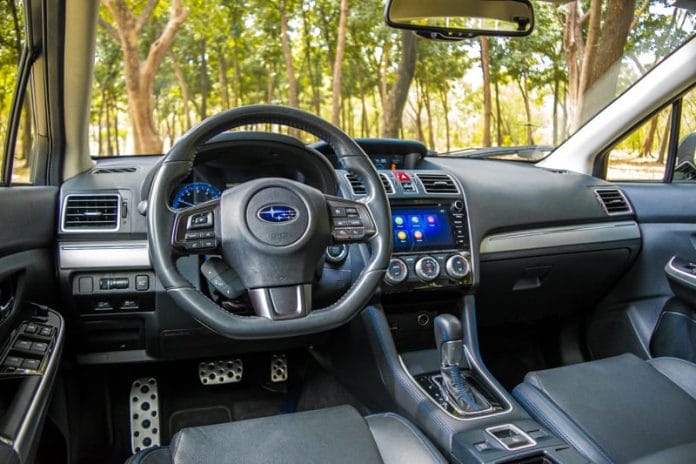
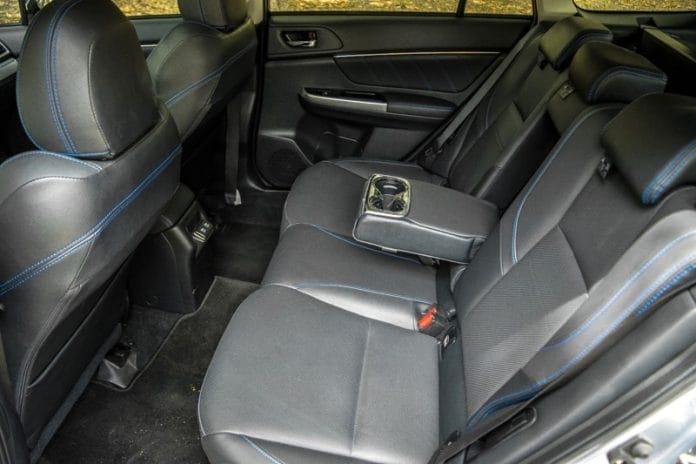
The Levorg’s trunk space is what makes it an impressive vehicle. Despite its sporty appearance, it’s bliss to know that the cargo space could accommodate five overnighters without issue, with ample space for more. The retractable tonneau keeps these items away from sunlight, too.
Technology & Safety
You shouldn’t really expect less from Subaru cars in terms of high-tech features – just glance over its multi-functional steering wheel and the three-display dashboard layout. From Apple CarPlay enabled seven-inch touchscreen infotainment (which could be better if a bit larger) to the boost monitor right in the middle, there’s so much to fiddle around in this car. The dual-zone climate control is automatic, too. It’s just a shame that the rear passengers don’t get their own air-conditioning vents, though, but they do get two USB charging ports, so that’s a plus.
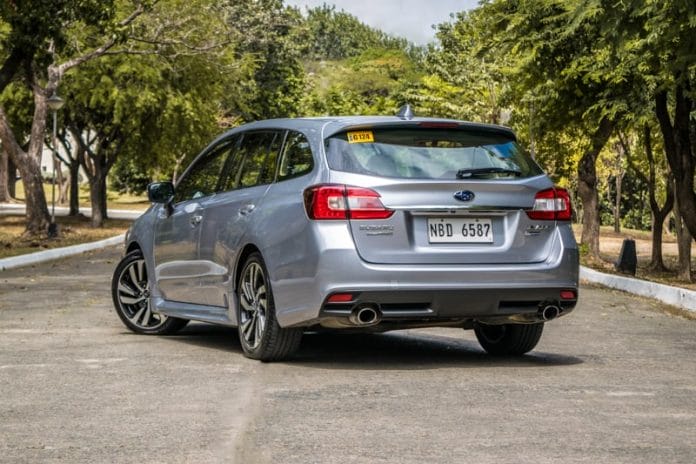
The icing on the cake here would be the EyeSight suite of safety features. The stereoscopic cameras are like an extra set of eyes, detecting upcoming obstacles and activating the brakes when needed. It also gave the Levorg adaptive cruise control capabilities, which was a heaven-sent feature on long drives, along with the lane departure alert system.
If there’s any qualm with these tech features, though, the resolution of the rearview camera’s display can be improved, plus the guidelines should have been dynamic for more effective usage. Subaru should also consider adding speed-sensing door locks to complete the package.
Driving & Handling
The Levorg was given a heart transplant for its mid-life update. It now has the WRX’s 2.0L turbocharged boxer engine, but it didn’t settle for just 240hp. It produces more, at 265hp and 350Nm of torque. A satisfying pull was easy to achieve, deviating from the performance of its once lackluster 1.6L engine. Downshift using the paddles and it will instantly cooperate, and for a CVT, the engine’s rev-happy and won’t leave you wanting for more.

On mountain passes, the Levorg was a joy to play around with. It’s not as nimble and responsive as a WRX, but it’s more civilized and easier to control. The famed all-wheel-drive system gave me confidence during these runs, no matter how adverse the road conditions may be. The suspension leans on being pliant rather than sporty, which makes it a comfortable cruiser even for long hours.
Fuel Consumption
Going for the bigger engine displacement still has its toll on the Levorg fuel economy. Amid heavy traffic at a snail-paced crawl, I was only able to get 4.8 km/L. On the highway, however, the wagon returned 21.7 km/L at an average speed of 90 km/h.
On mixed driving conditions, I was able to clock in 11 km/L after a total of 200 kilometers and with an average speed of 22 km/h.
Verdict
At P2,098,000 (a P100,000 increase for M.Y. 2020), you can argue that the Subaru Levorg is pricey, especially for a vehicle that can only seat five. You may even say that there are high-rider SUVs out there that are more affordable.
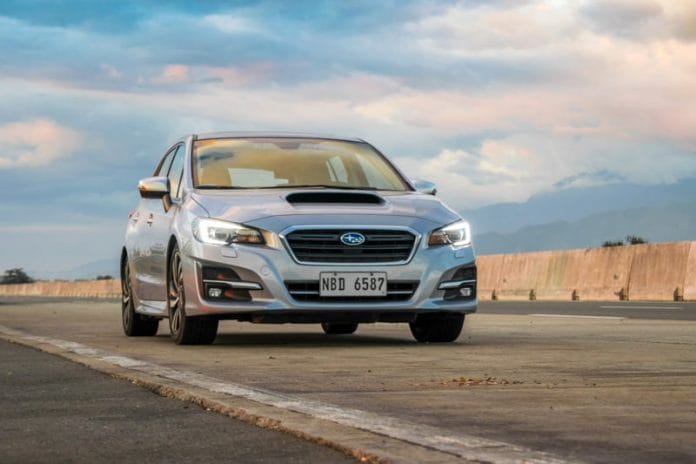
But such is the case with the Levorg. It isn’t a car that would sway you away from your dreams of owning an asphalt-dwelling SUV. It’s a station wagon, one that’s fast, nimble, and has the looks to boot. It’s basically a practical and tamer WRX, one you could convince your wife to buy for the family.
At the end of the day, the Levorg will continue to stay as a niche offering – something that’s worthy of a nod whenever I encounter one on the road.

